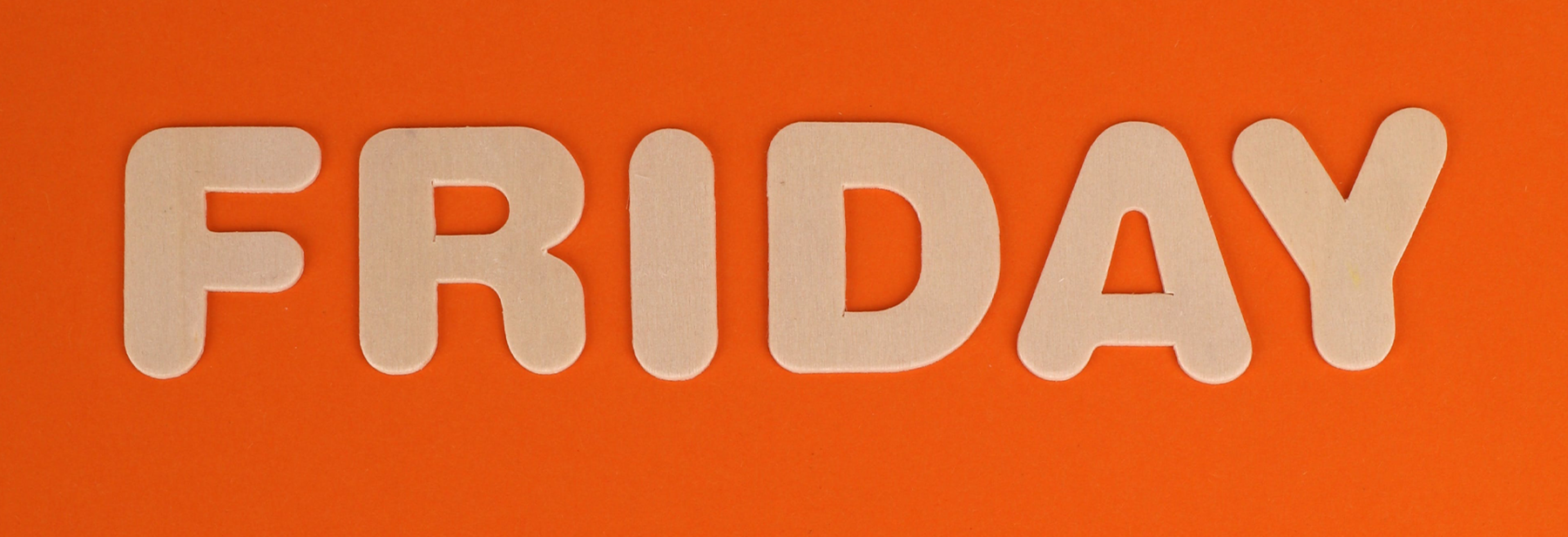
ServiceFriday: Cold as Ice: When Cold Temperatures Increase Product Evaluation
The English language sure can be confusing, especially when it comes to the United States. Take the word “cold” for example. I don’t know of any other place where cold can be used to describe the temperature as well as be used as an adjective in multiple contexts. “That’s so cold” can mean you are being direct and without care for others’ emotions while it also can mean something is stylish and attractive. Nowadays, the social elite are using the term “cold” for the latter meaning and can often be seen using the emoji of ice, a chilly face or a snowflake when commenting on each other’s social media feeds to signal that they acknowledge the person’s sense of luxury. But does a cold environment, in reference to the temperature, actually alter how consumers evaluate products? Is there really a link that connects cold temperatures to status signaling and luxuriousness?
In an article recently published for the Journal of Consumer Psychology, the researchers conducted three studies to explore the possibility that cold temperatures increase product evaluation. Prior research has found physical warmth, by shortening spatial distance perceptions, can increase evaluations of people and products. Similarly, researchers believed that cold temperatures, by increasing social distance and potentially signaling status, can also increase product evaluation among consumers.
In Study 1, 140 participants were asked to evaluate a small, decorative vase based on questions relating to status signaling and luxuriousness. An example of an item is as follows: “To what extent can this product indicate a person’s social status?” In the cold condition, researchers had placed the vases in a refrigerator (unbeknownst to participants) for at least 15 minutes prior to asking participants to briefly hold and assess the vases. In the control condition, the vases were kept at room temperature. “Results revealed that participants in the cold condition judged the vase to convey more status/luxury than participants in the control condition,” the researchers discovered.
The goal of Study 2 was to expand the findings from the first study by exploring the visual manipulation of coldness rather than solely relying on the tactile nature of coldness. Participants were asked to evaluate a new fragrance, upon seeing its advertisement, after they were split into two conditions: the cold temperature condition and the warm temperature condition. The fragrance bottle was featured in winter scenery in the cold condition whereas in the warm condition the fragrance bottle was shown in spring scenery. Using the same items from Study 1, the researchers analyzed the results and found that participants in the cold condition evaluated the fragrance as higher in status/luxury than participants in the warm condition.
The findings are expanded upon again in Study 3 as the product featured is luggage because researchers wanted to test if the effects of coldness are attenuated when consumers are strictly focused on a product’s performance rather than its’ status-signaling or luxuriousness. Participants were given a scenario in which they needed to purchase luggage for an upcoming business trip and either were searching for luggage that “is designed to impress and command respect from others.” (status condition) or they were searching for luggage that “is designed for quality and provides consistency and function.” (performance condition). Participants were shown an image of the luggage either in the cold or warm condition and were asked to evaluate the product. As was the case in studies 1 and 2, the status condition participants had more favorable evaluations of the product in the cold condition. “However, for participants in the performance condition, there was no significant difference across temperature conditions.”
To further discover coldness’ impact on product evaluation, read the full article at the Journal of Consumer Psychology at this link. (A fee may apply.)